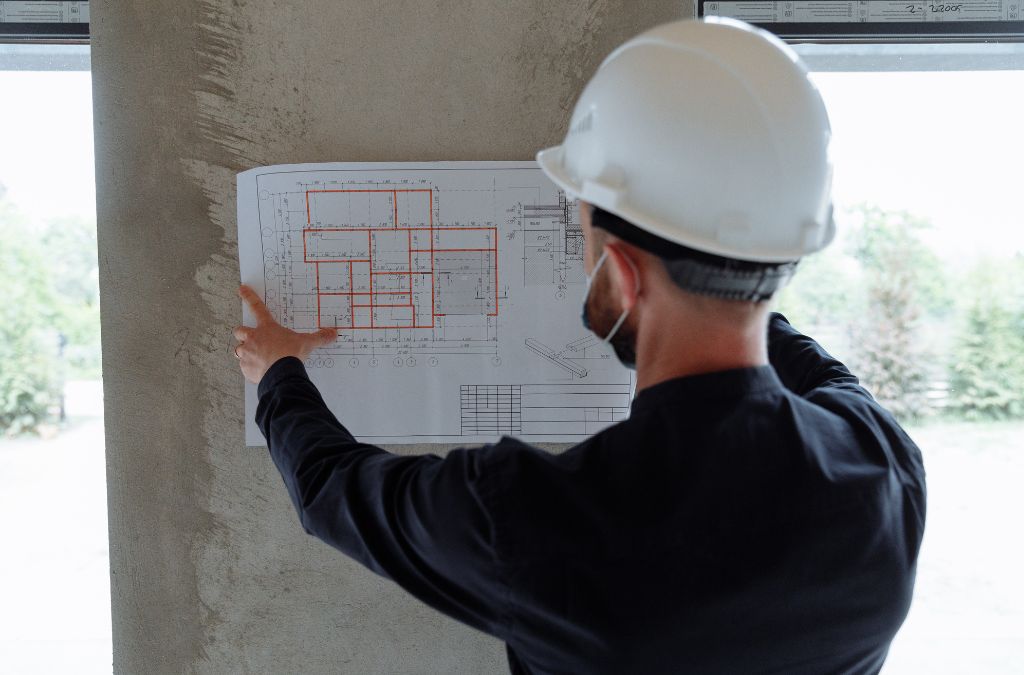
-
Table of Contents
- The Art of Architecture: Crafting Spaces that Inspire
- The Principles of Inspiring Architecture
- Iconic Examples of Inspiring Architecture
- The Parthenon, Athens
- Fallingwater, Pennsylvania
- The Guggenheim Museum, Bilbao
- Case Studies: Modern Architectural Marvels
- Marina Bay Sands, Singapore
- The Shard, London
- The Impact of Architecture on Society
- Statistics and Trends in Modern Architecture
- Conclusion
The Art of Architect: Crafting Spaces that Inspire
Architecture is more than just the creation of buildings; it is the art of designing spaces that evoke emotions, foster creativity, and enhance the human experience. From ancient wonders to modern marvels, architecture has always played a pivotal role in shaping societies and cultures. This article explores the principles, examples, and impact of architecture in crafting spaces that inspire.
The Principles of Inspiring Architecture
Creating spaces that inspire involves a blend of aesthetics, functionality, and sustainability. Architects often adhere to several key principles to achieve this balance:
- Form and Function: The design should be visually appealing while serving its intended purpose effectively.
- Contextual Integration: The structure should harmonize with its surroundings, respecting the local culture and environment.
- Human-Centric Design: Spaces should cater to the needs and well-being of their occupants, promoting comfort and productivity.
- Sustainability: Incorporating eco-friendly materials and energy-efficient systems to minimize environmental impact.
Iconic Examples of Inspiring Architecture
Throughout history, numerous architectural masterpieces have stood the test of time, continuing to inspire generations. Here are a few notable examples:
The Parthenon, Athens
The Parthenon, a symbol of ancient Greek architecture, exemplifies the principles of symmetry, proportion, and harmony. Built in the 5th century BCE, this temple dedicated to Athena showcases the Greeks’ mastery of Doric design and their commitment to creating spaces that reflect their cultural values.
Fallingwater, Pennsylvania
Designed by Frank Lloyd Wright, Fallingwater is a prime example of organic architecture. Completed in 1939, this house seamlessly integrates with its natural surroundings, featuring cantilevered terraces that extend over a waterfall. Wright’s innovative approach demonstrates how architecture can create a profound connection between human habitation and nature.
The Guggenheim Museum, Bilbao
Frank Gehry’s Guggenheim Museum in Bilbao, Spain, is a testament to the power of contemporary architecture. Opened in 1997, its undulating titanium curves and innovative design have revitalized the city, attracting millions of visitors and sparking a cultural renaissance. The museum’s success highlights the transformative potential of bold architectural vision.
Case Studies: Modern Architectural Marvels
Modern architecture continues to push boundaries, creating spaces that inspire and innovate. Here are two case studies that illustrate this trend:
Marina Bay Sands, Singapore
Marina Bay Sands, designed by Moshe Safdie, is an iconic integrated resort that has redefined Singapore’s skyline. Opened in 2010, it features three 55-story towers connected by a sky park, offering panoramic views of the city. The resort’s design emphasizes luxury, sustainability, and functionality, making it a landmark of modern architecture.
The Shard, London
Renzo Piano’s The Shard, completed in 2012, is the tallest building in the United Kingdom. Its sleek, glass-clad form tapers to a point, symbolizing a shard of glass. The building’s mixed-use design includes offices, residences, and a hotel, demonstrating how vertical architecture can create dynamic, multi-functional spaces in urban environments.
The Impact of Architecture on Society
Architecture has a profound impact on society, influencing how people live, work, and interact. Here are some ways in which architecture shapes our world:
- Cultural Identity: Architectural styles and landmarks often become symbols of cultural heritage and pride.
- Economic Growth: Iconic buildings and well-designed urban spaces can attract tourism, investment, and business opportunities.
- Social Interaction: Thoughtfully designed public spaces encourage community engagement and social cohesion.
- Environmental Stewardship: Sustainable architecture promotes resource conservation and reduces carbon footprints.
Statistics and Trends in Modern Architecture
Recent trends in architecture reflect a growing emphasis on sustainability, technology, and human-centric design. Here are some statistics that highlight these trends:
- Green Building: According to the World Green Building Council, green buildings can reduce energy consumption by up to 30% and water usage by 50%.
- Smart Buildings: A report by MarketsandMarkets predicts that the smart building market will grow from $60.7 billion in 2020 to $105.8 billion by 2025, driven by advancements in IoT and automation.
- Urbanization: The United Nations projects that 68% of the world’s population will live in urban areas by 2050, highlighting the need for innovative urban planning and architecture.
Conclusion
The art of architecture lies in its ability to create spaces that inspire, uplift, and transform. By adhering to principles of form, function, contextual integration, and sustainability, architects can craft environments that resonate with people on a profound level. Iconic examples from history and modern marvels alike demonstrate the enduring power of architectural vision. As society continues to evolve, the role of architecture in shaping our world remains as vital as ever, driving cultural identity, economic growth, social interaction, and environmental stewardship.